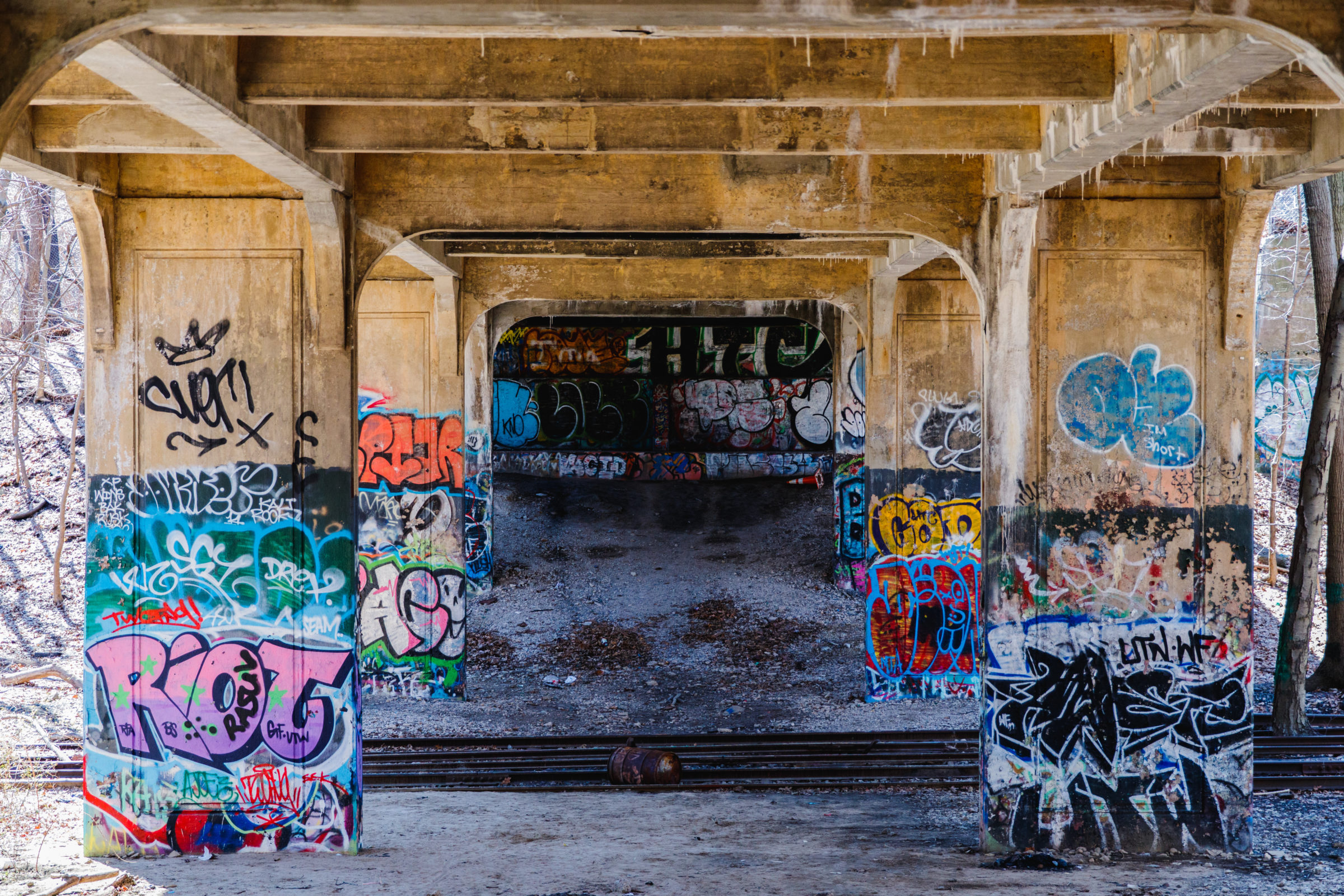Wealth & Poverty Review Overwhelmed by Graffiti, Seattle Citizens Step In To Help
Published at The Shift, WAWhen he first started noticing the violent, pornographic and hateful graffiti on his street in Seattle, one resident (who wished to remain anonymous, so we’ll call him “Michael”) called the city. Eventually, he hoped, city workers would remove it.
Since the beginning of 2021, Michael stopped calling and waiting and instead took it upon himself to clean up graffiti in his neighborhood.
“I want people to know that they don’t have to feel powerless against graffiti,” Michael told me.
The Seattle Police Department once had a graffiti task force, but it was disbanded in 2017. Now the city, which is 83 square miles, funds a five-member group known as the “Graffiti Rangers.” But that’s not nearly enough to keep taggers at bay.
Graffiti is everywhere in Seattle, especially since the spring 2020 COVID-19 shutdowns. KOMO-TV called it a “widespread problem” last March. A Seattle Times headline recently declared, “The taggers have won.” One local opined, “Seattle is so covered with graffiti it looks like a clown threw up on the city.”
Seattle has an app which enables citizens to report graffiti to the Graffiti Rangers, who will most likely respond within two to three weeks. But these response times are inadequate to residents like Michael. According to experts and any YouTube graffiti removal tutorial, the best way to win the war against the taggers is by removing the graffiti as quickly as possible.
In a 2010 Seattle city auditor’s report, the Seattle Times reports that of 556 instances of graffiti, there were “551 ‘common tags,’ 5 ‘apparently gang tags’ and 0 ‘artistic tagging.’” These tags send a larger message, that no one cares and disorder is welcomed. The more graffiti you allow in an area, the more likely you are to see worse activities like littering, theft, drug addiction, and drug-riddled homeless encampments.
A 2008 study from the University of Groningen in the Netherlands, published in Science, found that “if people see one norm or rule being violated (such as graffiti or a vehicle parked illegally), they’re more likely to violate others – such as littering, or even stealing.” According to LiveScience, that study found that “[t]he mere presence of graffiti doubles the number of people littering and stealing in a neighborhood.” And a Harvard University study, cited in an analysis in Science, found that keeping a neighborhood clean proved “more effective than social services or law enforcement in maintaining order.”
Continue Reading at The Shift, WA
